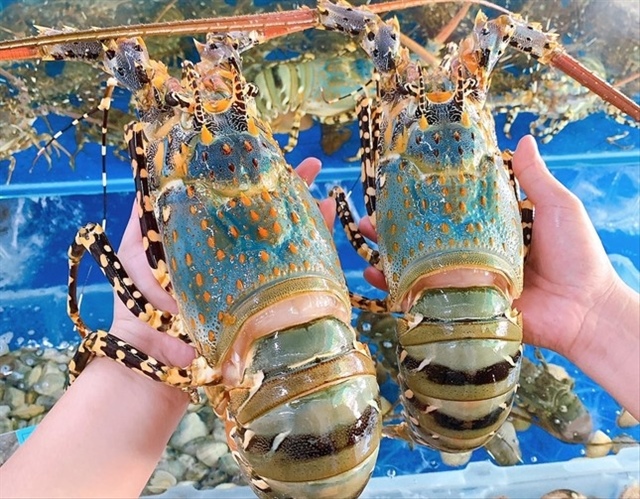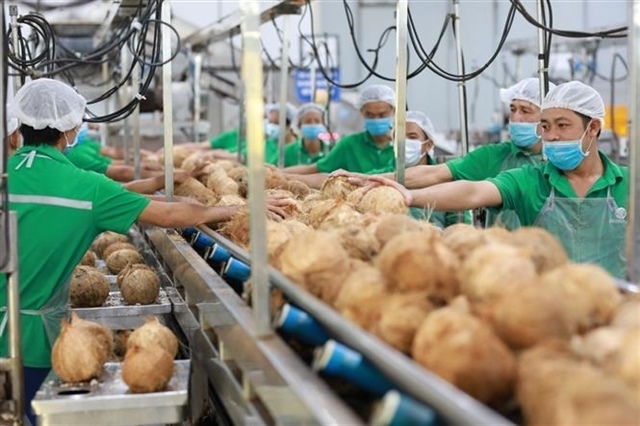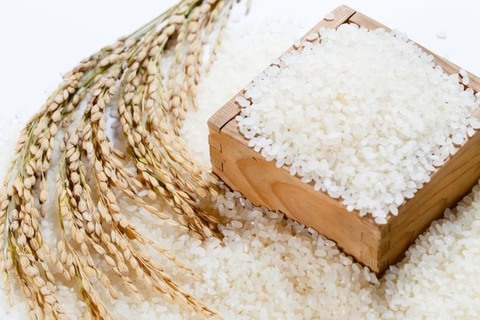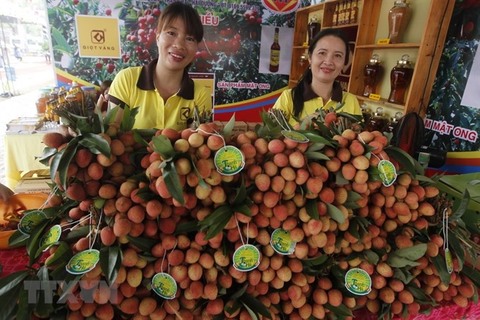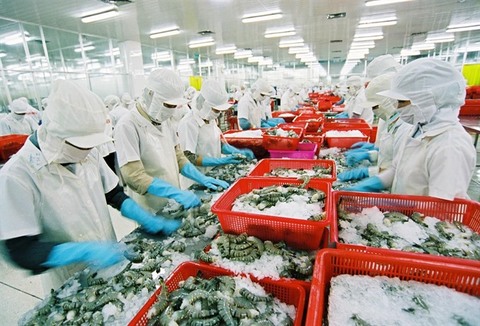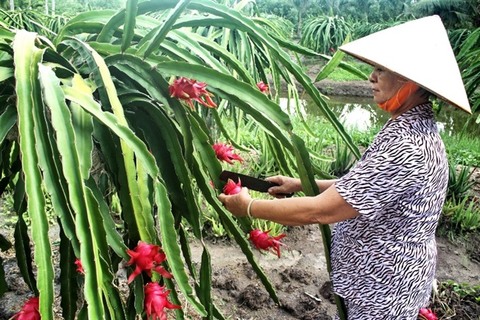Catfish skin: a promising export
Catfish skin: a promising export
Catfish is one of Viet Nam’s major seafood exports with a turnover of US$1.8 billion, and its skin, a waste product, is also being exported starting recently.
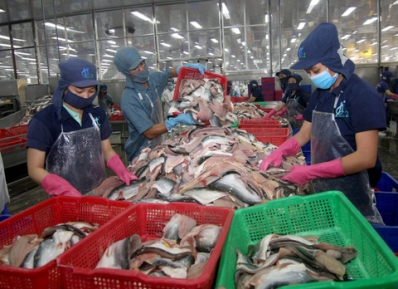
Research is increasingly indicating that catfish skin has many nutritious substances that are good for health like collagen and gelatin.
While processing, a plant produces five to eight tonnes of catfish skin daily. In the domestic market, it is sold at VND10,000 (45 US cent) per kilogramme for making animal feed, but since 2017 Co May Enterprise in Mekong Delta province of Dong Thap has started exporting it to Singapore for VND22,000 – 24,000 (around $1).
In Singapore it is made into a snack and sold at VND136,000 ($6) for a small pack of 230g.
The company exports 50 -60 tonnes a month and plans to expand both the production of catfish and export of skin.
It will also carry out research on demand in various markets like the EU, Singapore and Malaysia, and build a plant to make the catfish skin snack.
Catfish processor Vinh Hoan has already built a plant for making 2,000 tonnes collagen a year from the skin.
“Each kilogramme of collagen fetches $25 on the global market while catfish skin only fetches $1,” a Vinh Hoan spokesperson said.
The company earned $1 million from catfish skin exports last year, and plans to increase this to $5 million this year.
With 2.6 kilogramme of catfish only yielding 1kilogramme of fillet, the rest of the fish is considered waste and processing plants have the responsibility of disposing of 700,000 tonnes of it every year.
The spokesperson said: “If the waste is taken and processed, it can bring a huge income to enterprises. Otherwise, it would become a burden on the environment.”
The price of catfish fillet in the EU and the US is very low at around $2.6 per kilogramme, while the cost of processing has doubled, meaning profits are very low for exporters.
Many are trying to diversify their products mainly targeting the domestic market.
Besides the meat, the fat is processed for oil and the fish’s stomach is a popular dish, while other parts are mostly sold for making animal feed.
Some of the other parts can be used to manufacture collagen and bio-fuel.
Processing company Go Dang has built a plant to process all catfish wastes and exports them to South Korea, Singapore and China.
But while there are 100 catfish processing plants in the Mekong Delta alone, there are still only a small number of plants processing wastes.
“Relevant authorities should [help] increase exports of waste and deal with the environmental aspect,” the spokesperson added.





